Combat COVID-19 in the Healthcare Setting with Hand Hygiene Compliance
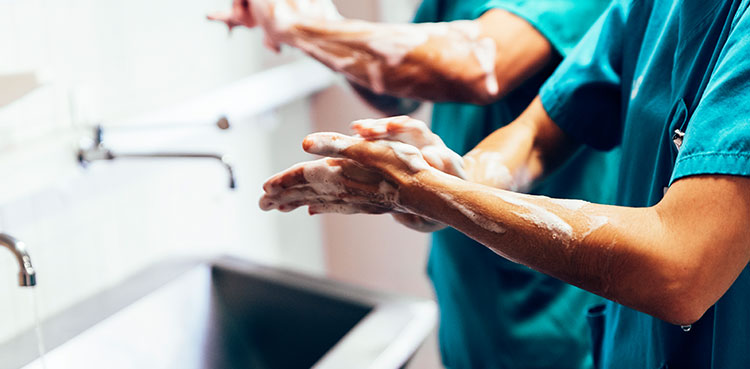 The importance of hand hygiene compliance has never been greater as it’s a vital part of the U.S. response to the COVID-19 pandemic. All individuals are instructed to wear a mask, practice social distancing and excercise frequent hand washing. In medical offices and hospitals hand hygiene takes on even greater significance. Practicing hand hygiene, which includes the use of alcohol-based hand rub (ABHR) or handwashing, is a simple yet effective way to prevent the spread of pathogens and infections in healthcare settings.
The importance of hand hygiene compliance has never been greater as it’s a vital part of the U.S. response to the COVID-19 pandemic. All individuals are instructed to wear a mask, practice social distancing and excercise frequent hand washing. In medical offices and hospitals hand hygiene takes on even greater significance. Practicing hand hygiene, which includes the use of alcohol-based hand rub (ABHR) or handwashing, is a simple yet effective way to prevent the spread of pathogens and infections in healthcare settings.
Hand hygiene is especially important in the healthcare environment
On any given day, about one in 31 hospital patients has at least one healthcare-associated infection. Nosocomial or hospital acquired infections may be difficult to treat and are often life threatening. Compliance with hand hygiene is one of the most important ways to prevent spread of infection. Transmission of pathogens can potentially occur at many points of contact with the healthcare provider and hand washing mechanically removes pathogens while ABHR properly used as recommended by CDC inactivates SARS-CoV-2. ABHR effectively reduces the number of pathogens that may be present on the hands of healthcare providers after brief interactions with patients or the care environment.
The need for hand hygiene applies to all healthcare personnel (HCP). HCP refers to all paid and unpaid persons serving in healthcare settings who have the potential for direct or indirect exposure to patients or infectious materials, including body substances (e.g., blood, tissue, and specific body fluids); contaminated medical supplies, devices, and equipment; contaminated environmental surfaces; or contaminated air. HCP include, but are not limited to, emergency medical service personnel, nurses, nursing assistants, physicians, technicians, therapists, phlebotomists, pharmacists, students and trainees, contractual staff not employed by the healthcare facility, and persons not directly involved in patient care, but who could be exposed to infectious agents that can be transmitted in the healthcare setting (e.g., clerical, dietary, environmental services, laundry, security, engineering and facilities management, administrative, billing, and volunteer personnel).
How often should HCPs wash their hands?
According to the CDC, studies show that some healthcare providers practice hand hygiene less than half of the times they should. Healthcare providers might need to clean their hands as many as 100 times per 12-hour shift, depending on the number of patients and intensity of care. In fact, multiple opportunities for hand hygiene may occur during a single care episode.
HCP should perform hand hygiene before and after all patient contact, contact with potentially infectious material, and before putting on and after removing PPE, including gloves. Hand hygiene after removing PPE is particularly important to remove any pathogens that might have been transferred to bare hands during the removal process.
What are the hand hygiene guidelines?
CDC recommends using ABHR with greater than 60% ethanol or 70% isopropanol in healthcare settings. Unless hands are visibly soiled, an alcohol-based hand rub is preferred over soap and water in most clinical situations due to evidence of better compliance compared to soap and water. Hand rubs are generally less irritating to hands and are effective in the absence of a sink.
Hands should be washed with soap and water for at least 20 seconds when visibly soiled, before eating, and after using the restroom. Wash with soap and water:
- Immediately before touching a patient
- When hands are visibly soiled
- Before performing an aseptic task (e.g., placing an indwelling device) or handling invasive medical devices
- After caring for a person with known or suspected infectious diarrhea
- Before moving from work on a soiled body site to a clean body site on the same patient
- After known or suspected exposure to spores (e.g. B. anthracis, C difficile outbreaks)
- After touching a patient or the patient’s immediate environment
- After contact with blood, body fluids or contaminated surfaces
- Immediately after glove removal
Resources for hand hygiene compliance
Hand hygiene supplies must be readily available and healthcare facilities must educate patients, visitors, and HCP about the importance of performing hand hygiene immediately before and after any contact with their facemask or cloth face covering. Employees should be trained about hand hygiene necessity and their role in reducing preventable infections.
Many high quality resources are available to learn more about hand hygiene in healthcare settings. There’s an informational video available from the New England Journal of Medicine. The World Health Organization provides a hand hygiene self-assessment framework. First Healthcare Compliance offers a poster set that addresses hand washing along with Personal Protective Equipment (PPE) and infection control.
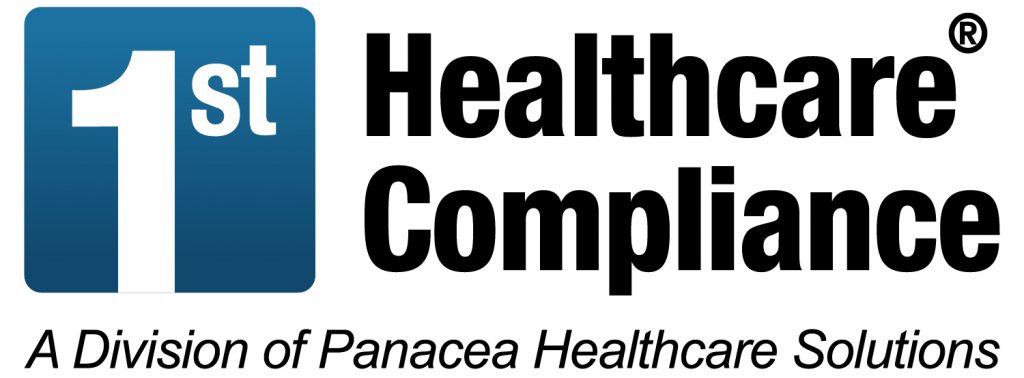
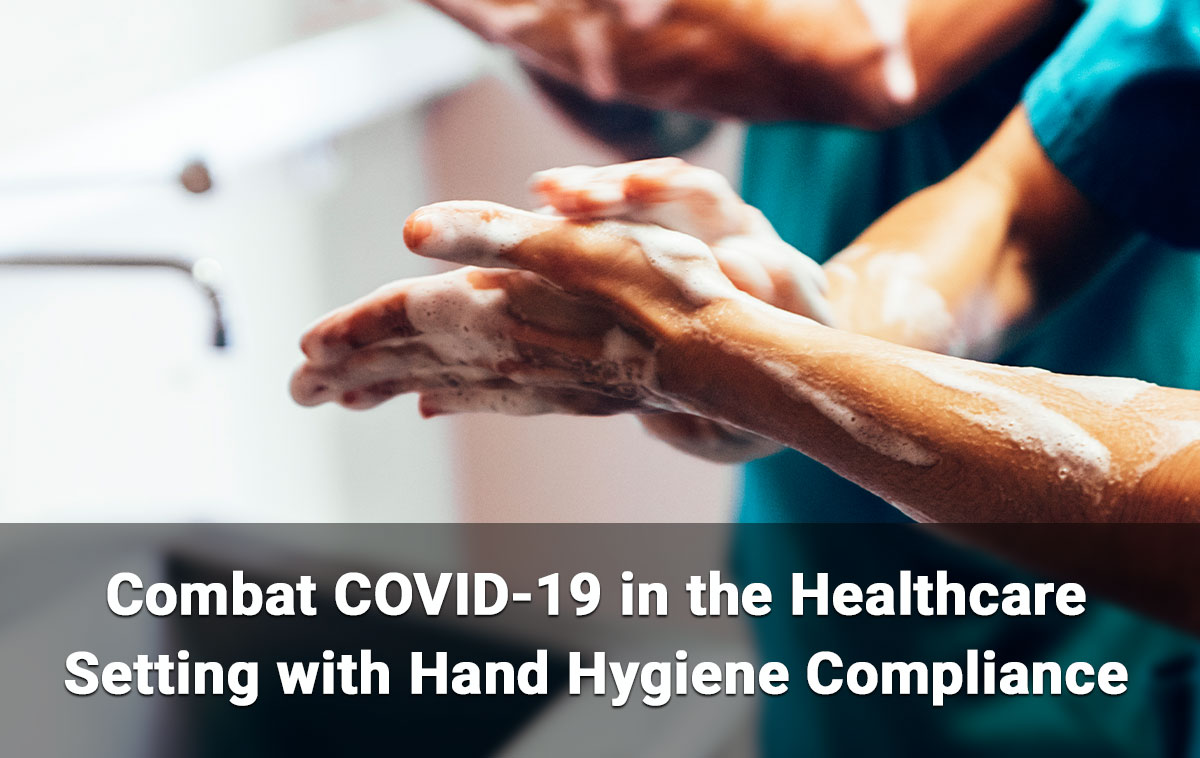
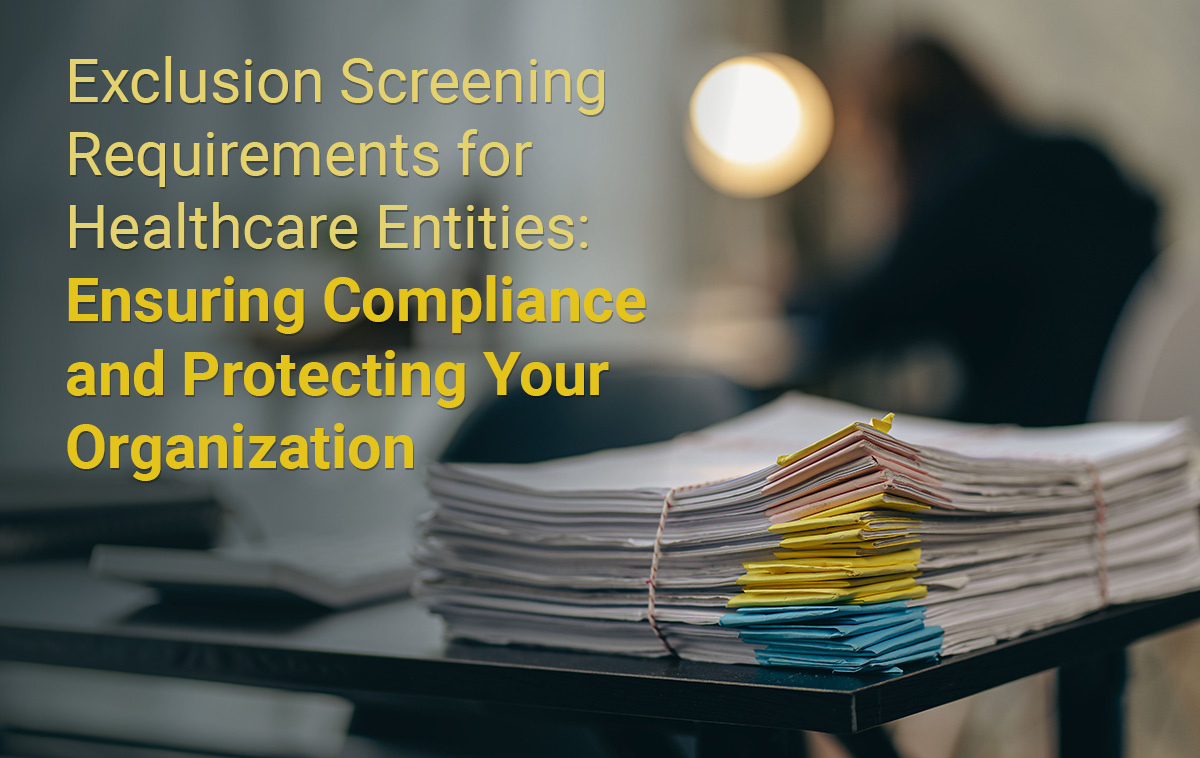
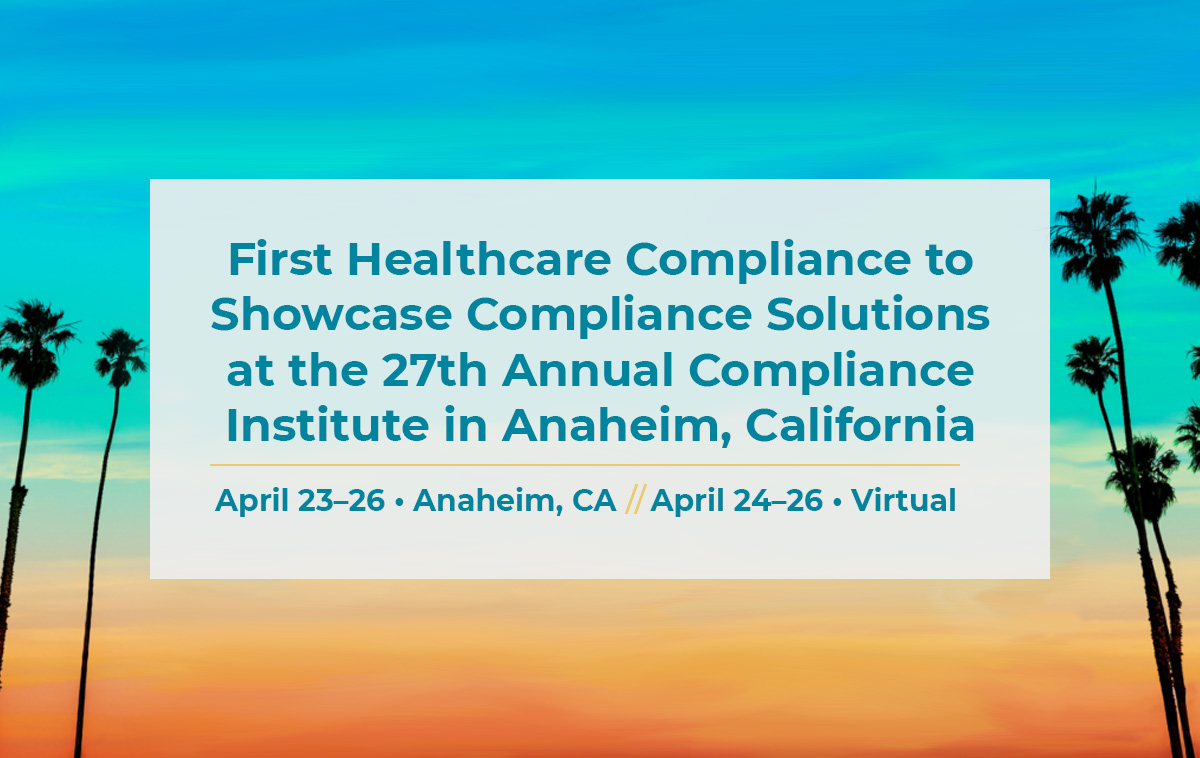
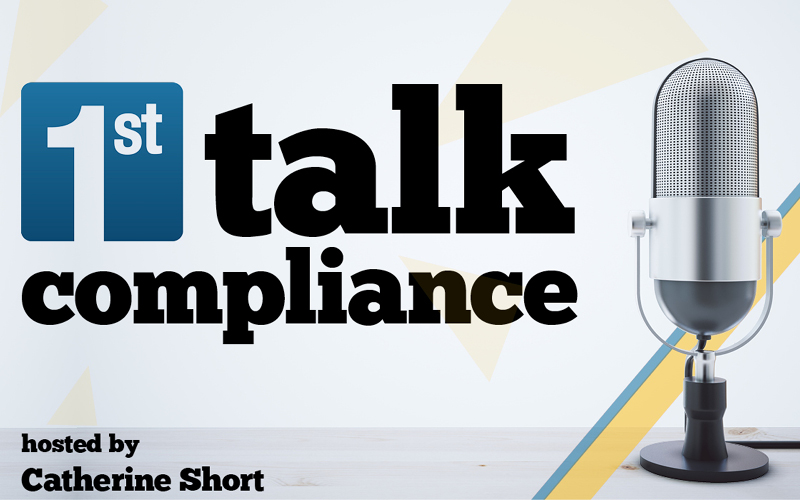
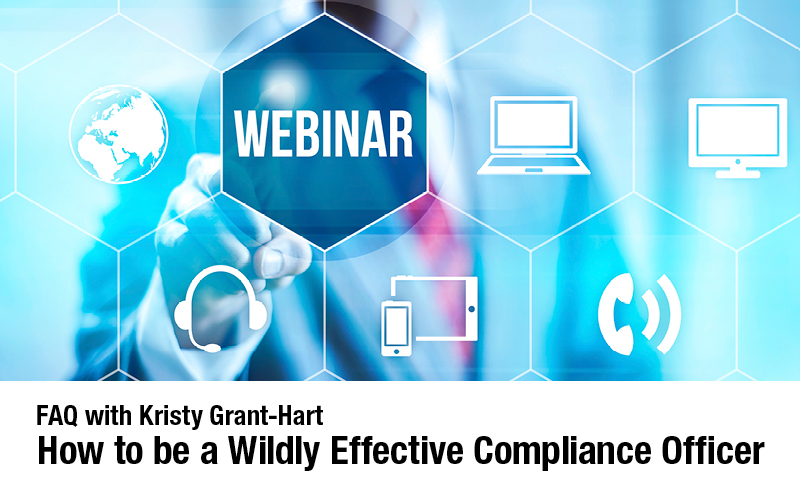
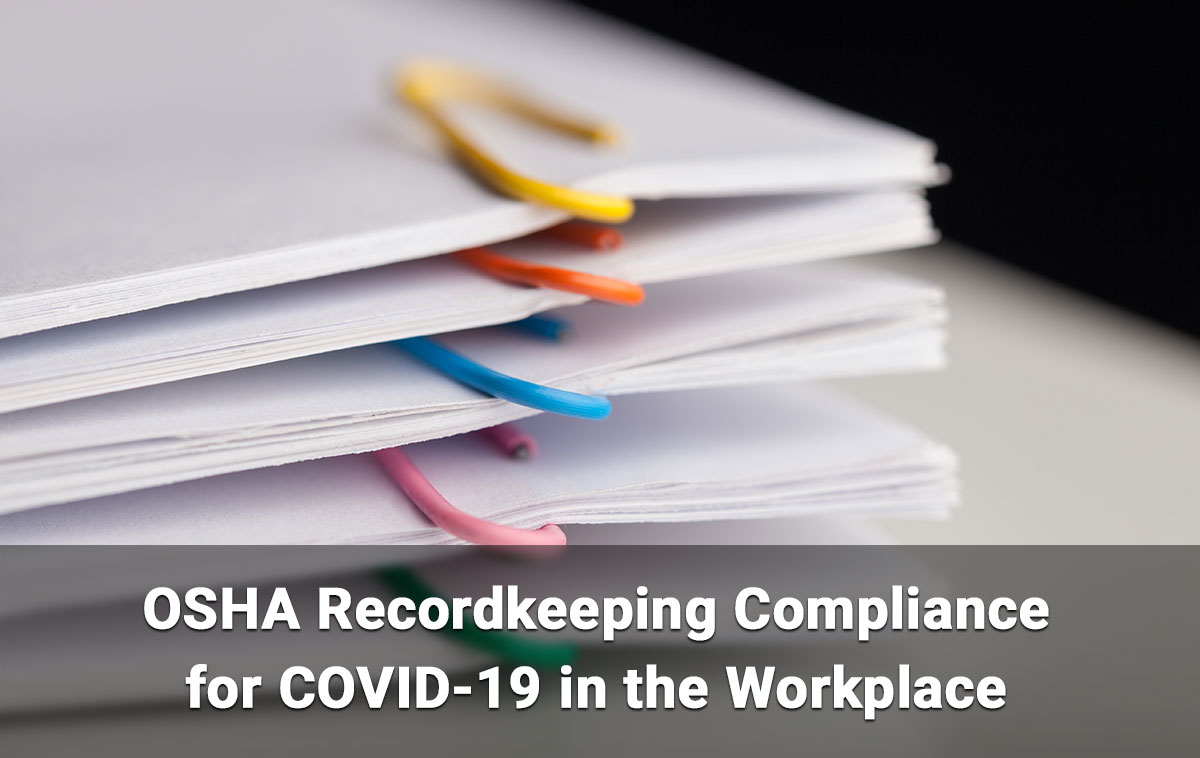
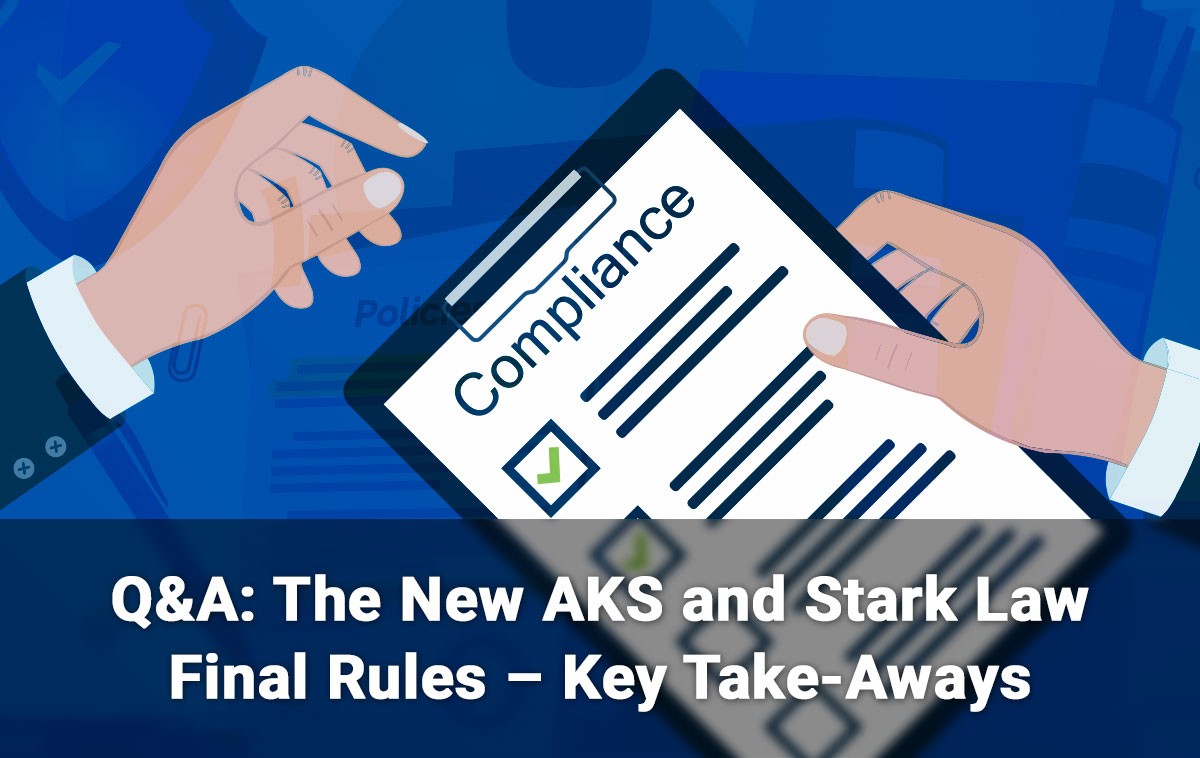
Well, it is the need of the hour for this article to reach as many people as possible. Hand hygiene is definitely the way to keep this pandemic at bay. Thank you putting this information together and I will definitely share this with my friends.
Recommendations are to perform hand hygiene before patient contact, yet all videos for donning PPE show hand hygiene and gloving outside patient room followed by contact with door handle. Why is this?